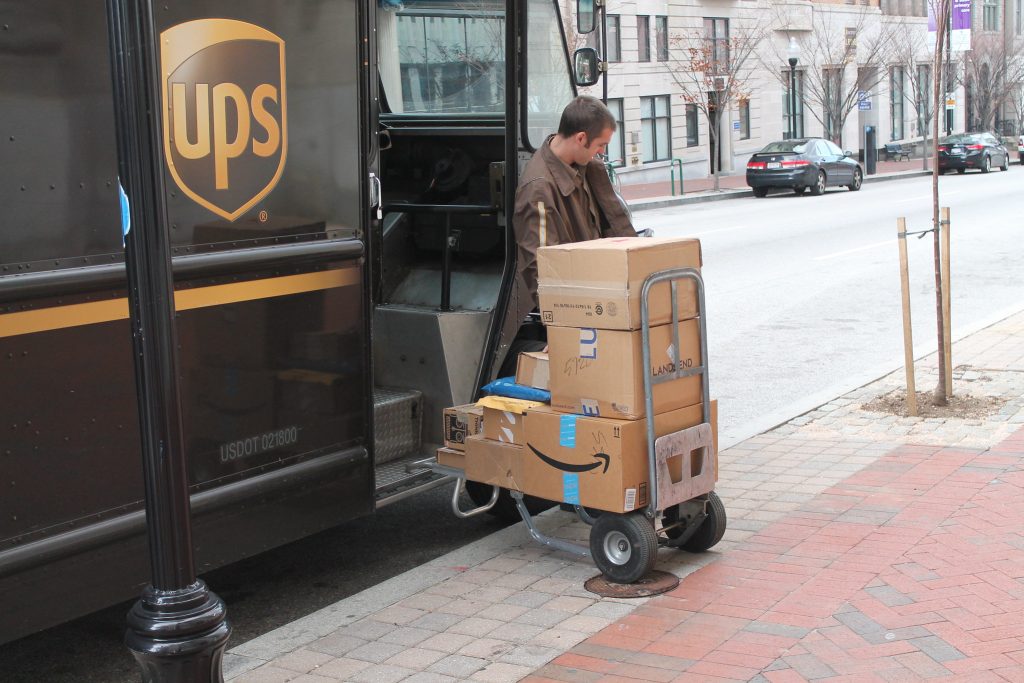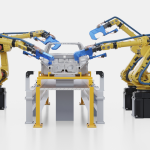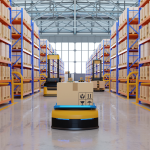UPS, a leading logistics company, is in discussions with robotics startup Figure AI to integrate humanoid robots into its logistics operations. The potential partnership comes as part of UPS’s ongoing efforts to enhance automation and operational efficiency. While the specific tasks the robots would handle remain unclear, the move signals a significant step toward advanced robotics in supply chain management.
Revolutionizing Automation in Logistics
According to sources familiar with the negotiations, discussions between UPS and Figure AI about deploying humanoid robots began in 2023 and have continued throughout 2024. While the specifics of the partnership have not been disclosed, the potential collaboration reflects the growing trend in logistics and warehousing to explore human-like robots for various tasks.
Although the exact functions of Figure AI’s robots remain under wraps, the company has already demonstrated the capabilities of its humanoid technology. A video posted by Figure AI in February on its social media showcased its 5-foot-6-inch robot beside a conveyor belt, picking and sorting small parcels. The advanced design and mobility of these robots indicate they may play a significant role in automating tasks traditionally performed by human workers, especially in environments like warehouses and distribution centers.
AI-Powered Robotics: The Next Frontier in Supply Chain Automation
The discussions between UPS and Figure AI come at a time when many companies are rapidly adopting automation technologies to stay competitive. From robotics to AI-driven software, these technologies are being integrated into facilities to streamline operations, reduce costs, and improve efficiency. UPS itself has been increasingly focused on automation, with its Velocity facilities already deploying fixed robotic arms and AI-driven tools to optimize package handling and sorting.
Figure AI is one of the rising stars in the robotics industry, with its humanoid robots designed to handle tasks that require human-like dexterity and decision-making. In addition to its talks with UPS, the startup has been in discussions to raise $1.5 billion in funding at a valuation of $39.5 billion.
The company has piqued the interest of investors and industry players, though there have been some questions about the scope of its partnerships, particularly with BMW AG. Nonetheless, Figure’s reputation as a key player in humanoid robotics is clear, as it competes with major tech firms to develop more efficient, adaptable robots.
UPS’s exploration of humanoid robots is part of a broader effort to enhance operational efficiency through technology. In recent years, the company has also partnered with Dexterity Inc., a startup that focuses on developing robots capable of performing complex tasks requiring “human-like” finesse.
UPS ranks No. 1 on the Transport Topics Top 100 list of the largest for-hire carriers in North America and No. 3 on the TT Top 50 list of the largest global freight companies. These advancements align with UPS’s commitment to improving automation in its supply chain, positioning the company to further streamline its vast logistics network.
A Leap Towards More Efficient Supply Chains
The potential use of humanoid robots at UPS could mark a pivotal moment for the logistics industry. The humanoid robots are designed to replicate human movements, which could make them ideal for handling tasks like sorting, packing, and even customer-facing roles. These capabilities could help UPS further optimize operations, reduce human error, and alleviate staffing challenges.
The move also aligns with broader industry trends, where the use of AI and robotics in logistics is expected to grow significantly in the coming years. Humanoid robots, in particular, could offer a more flexible solution compared to traditional automation tools, as they could perform a variety of tasks without requiring significant reprogramming or additional infrastructure. However, the integration of such advanced technology will require careful planning and investment to ensure scalability and reliability across UPS’s global network.







